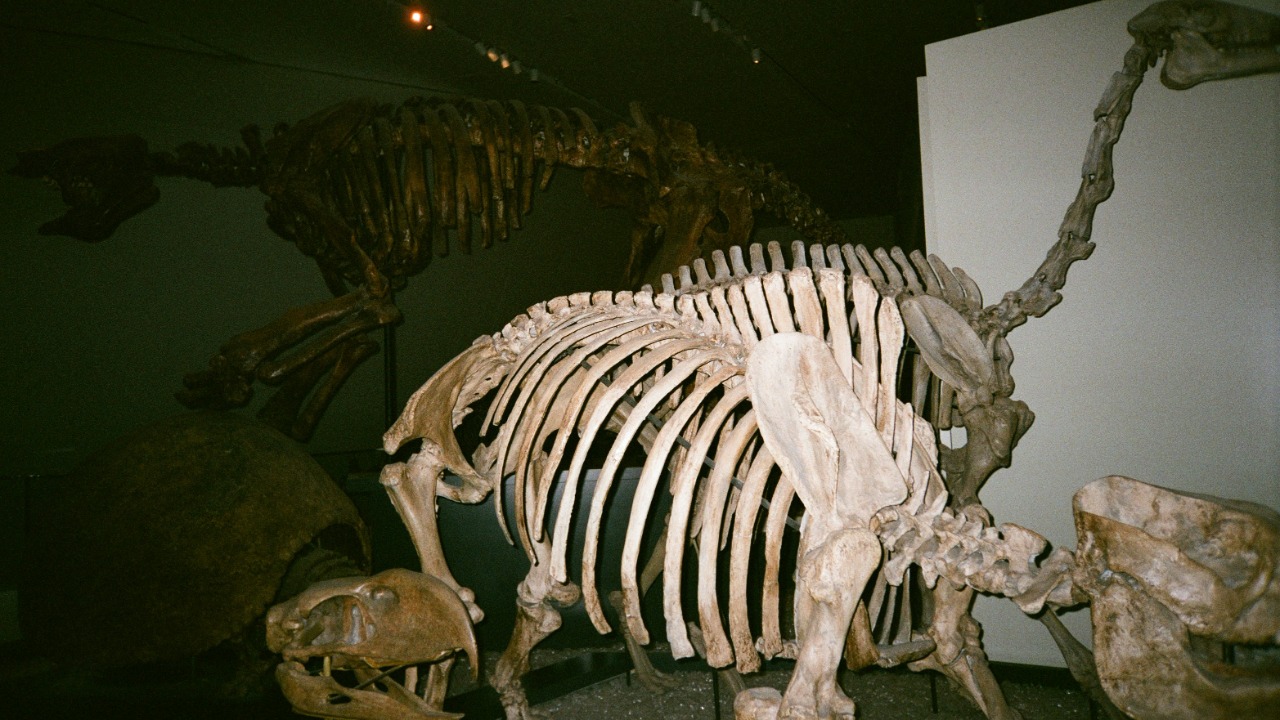
Paleontologists have unearthed a new species of stegosaur, Bashunosaurus rubes, from the Middle Jurassic period in Sichuan Province, China. This discovery, dating back approximately 168 million years, fills a significant 20-million-year gap in the stegosaur fossil record between Early and Late Jurassic forms. The identification of this “sword dragon” offers crucial insights into the evolutionary history of stegosaurs, a group of herbivorous dinosaurs known for their distinctive plates and spikes.
Discovery of Bashunosaurus rubes
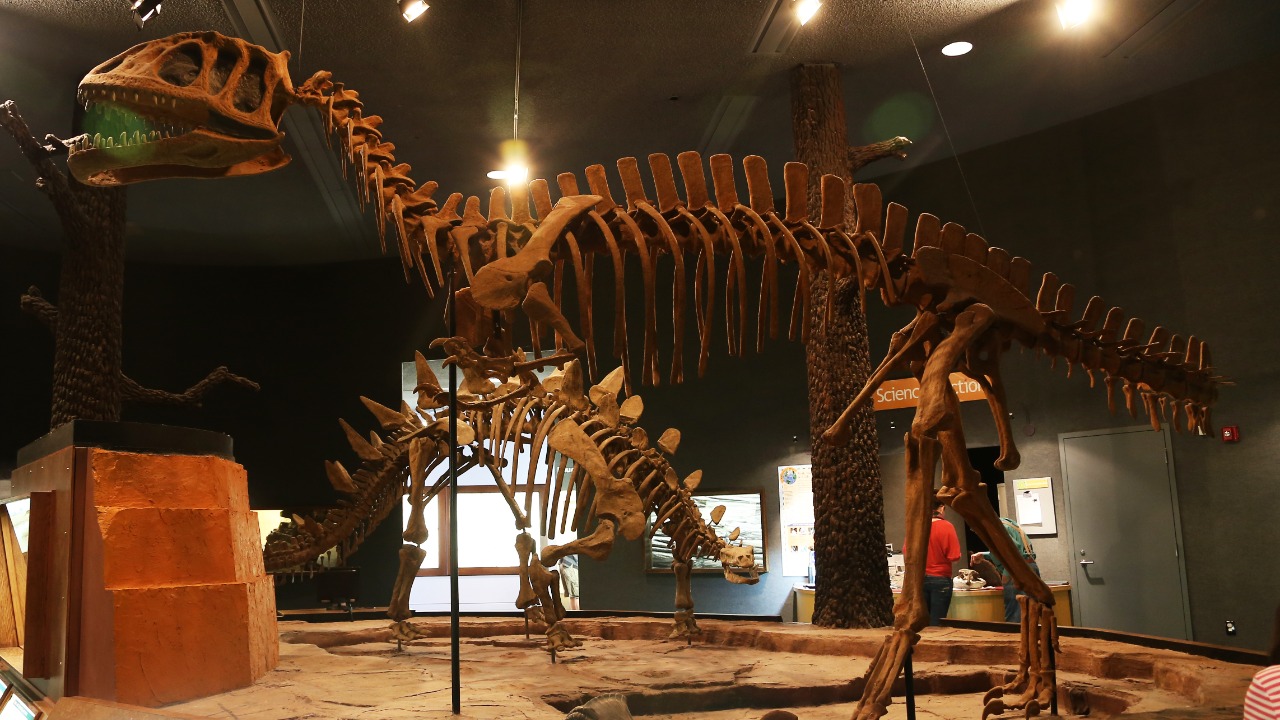
The initial excavation of Bashunosaurus rubes took place in the lower Shaximiao Formation of Sichuan Province, China. Led by Chinese paleontologist Lida Xing in 2017, the team uncovered a partial skeleton comprising vertebrae, ribs, limb bones, and plates. Subsequent analysis confirmed it as a new genus and species, distinct from other known stegosaurs. The species name, Bashunosaurus, honors the ancient Bashu culture of Sichuan, while “rubes” refers to the reddish hue of the fossil-bearing rocks. The specimen’s estimated length of about 6.1 meters (20 feet) categorizes it as a medium-sized early stegosaur (Live Science).
The discovery involved a collaborative international team, including Susie Maidment, a stegosaur expert from the Natural History Museum in London. Maidment noted that B. rubes represents the first definitive Middle Jurassic stegosaur from Asia. The findings were published in the Journal of Vertebrate Paleontology on October 2, 2023. This discovery is pivotal as it provides a clearer picture of stegosaur evolution during a period previously lacking substantial fossil evidence (Live Science).
Anatomical Features and Classification
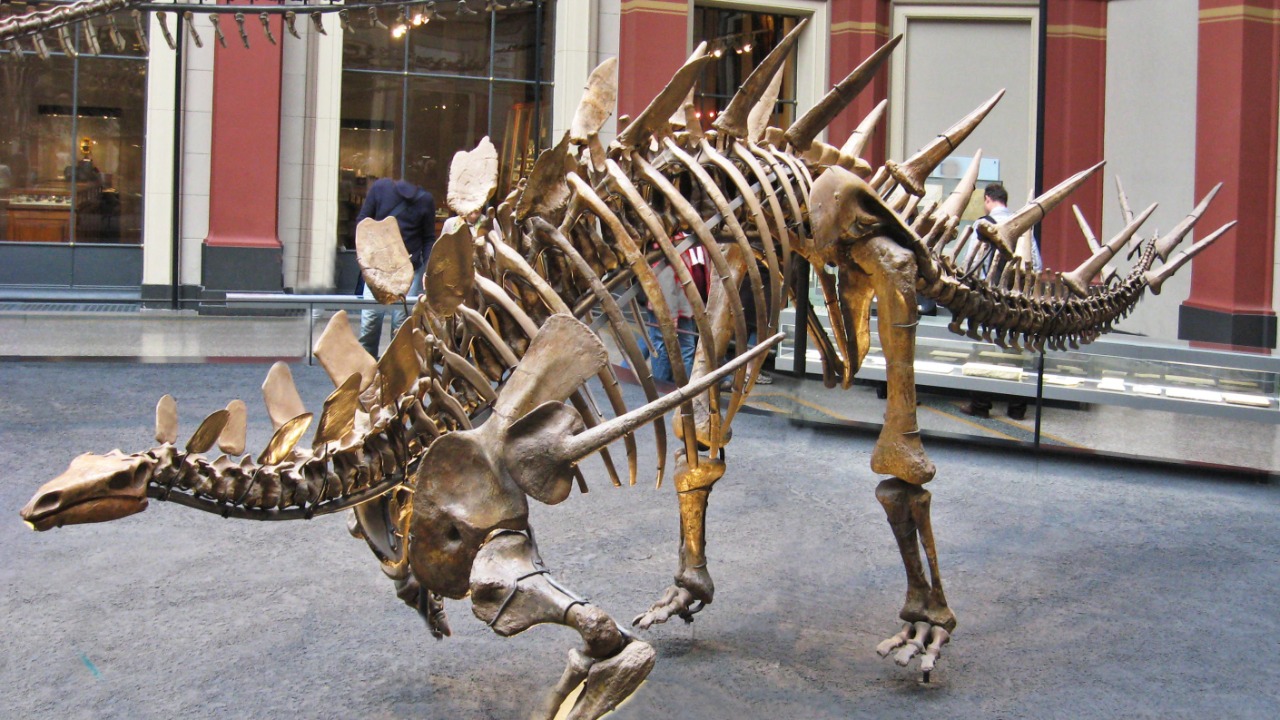
Bashunosaurus rubes exhibits several key skeletal traits that bridge primitive and advanced forms of stegosaurs. Notably, it possesses eight sacral vertebrae fused to the pelvis, forming a synsacrum similar to later stegosaurs. The asymmetric dorsal plates suggest a transitional body plan. Classified within the Stegosauria clade, B. rubes is considered an early diverging member, differing from Early Jurassic species like Huayangosaurus by more derived features such as taller neural spines and a robust shoulder girdle (Live Science).
Comparisons with contemporaneous dinosaurs from the Shaximiao Formation reveal that B. rubes coexisted with theropods like Gasparinisaura and sauropods. This context highlights its ecological niche as a herbivore, possibly using its plates for defense. The presence of these features in B. rubes provides valuable insights into the evolutionary adaptations of stegosaurs during the Middle Jurassic period (Live Science).
Evolutionary Significance
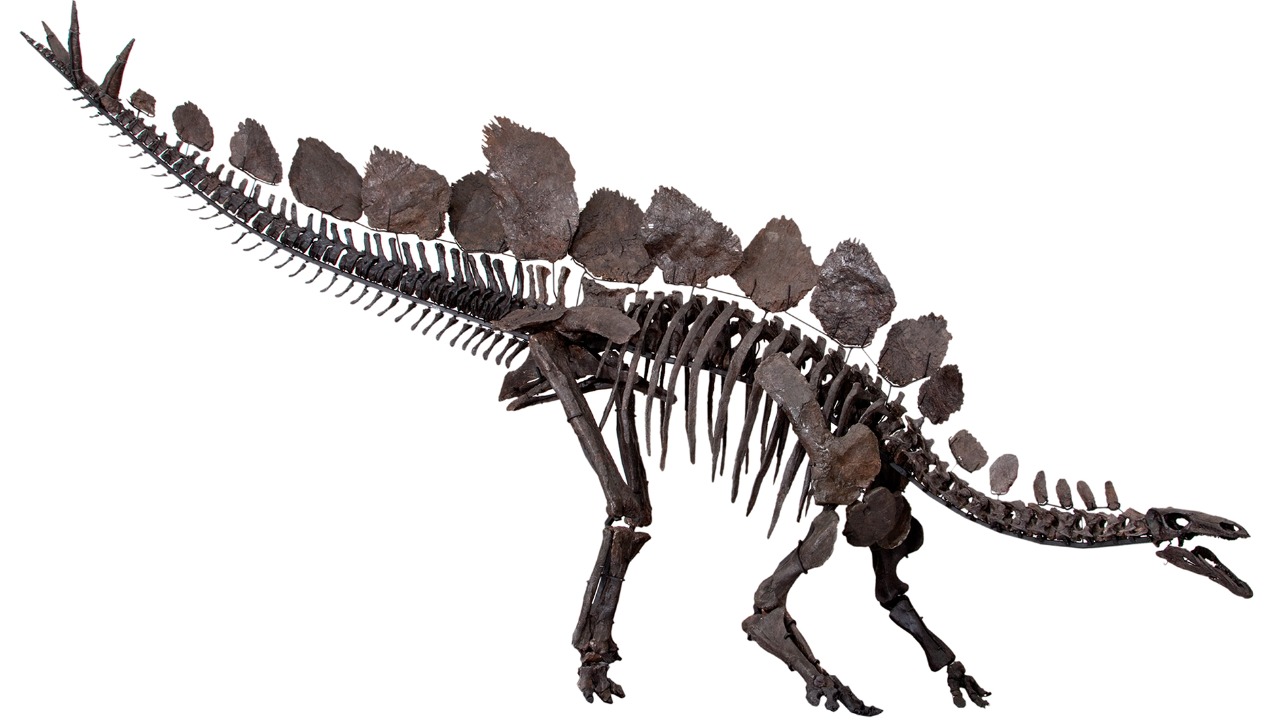
The dating of Bashunosaurus rubes to around 168 million years ago addresses the “Middle Jurassic gap” in stegosaur evolution. This specimen offers the first Asian evidence of stegosaurs during this period, previously unknown outside Europe and Africa. Susie Maidment emphasized the significance of this find, stating, “This specimen is hugely significant because it fills a big gap in the fossil record and allows us to understand the early evolution of this group of dinosaurs much better.” The discovery suggests possible migration routes across Pangaea, enhancing our understanding of stegosaur dispersal (Live Science).
Phylogenetic analyses from the study place B. rubes as a basal stegosaur, helping resolve debates on whether plates evolved for display or thermoregulation. The transitional morphologies observed in this species provide evidence supporting the display theory, offering a new perspective on the evolutionary pressures that shaped stegosaur development (Live Science).
Broader Context in Jurassic Dinosaur Evolution
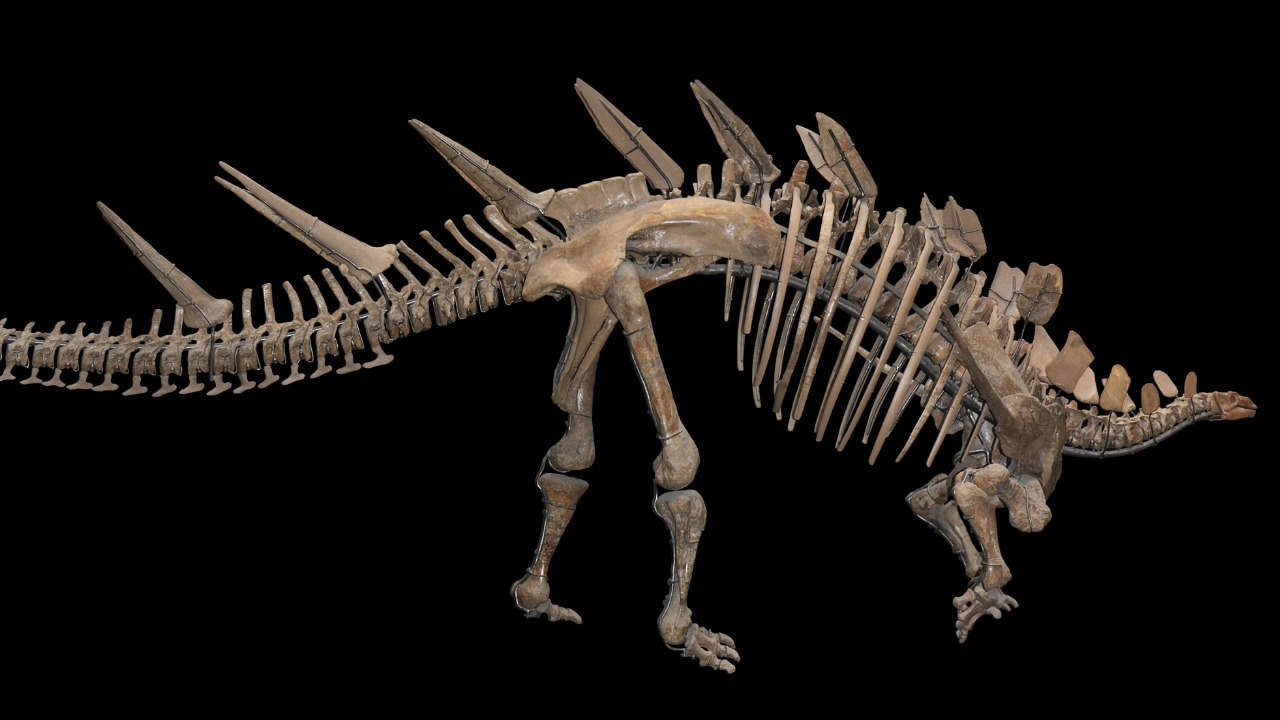
Middle Jurassic stegosaur fossils are rare globally, making the discovery of Bashunosaurus rubes a pivotal specimen for understanding diversification around 170-160 million years ago. Prior to this find, only fragmentary remains from places like the UK suggested their existence. This new evidence enriches our understanding of stegosaur evolution and diversification during a critical period in dinosaur history (Live Science).
Comparing B. rubes to Late Jurassic icons like Stegosaurus highlights evolutionary trends such as increasing plate size and the development of tail spikes, known as the thagomizer, which likely emerged post-Middle Jurassic. These comparisons underscore the evolutionary trajectory of stegosaurs, illustrating how they adapted to their environments over millions of years (Live Science).
Ongoing mysteries, such as the precise function of the dorsal armor, continue to intrigue scientists. The study’s CT scans reveal internal bone structures that support the display theory over defense in early forms. This insight into the functional morphology of stegosaurs provides a foundation for future research into the evolutionary biology of these fascinating dinosaurs (Live Science).